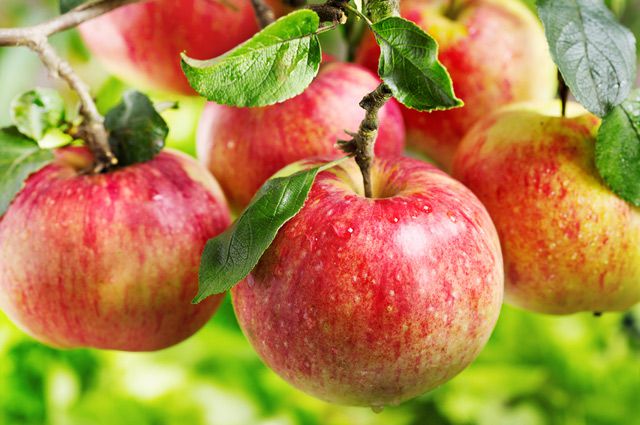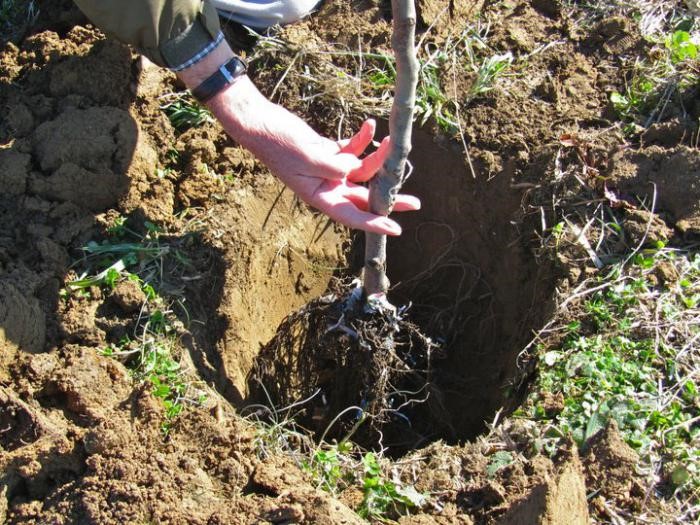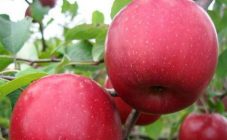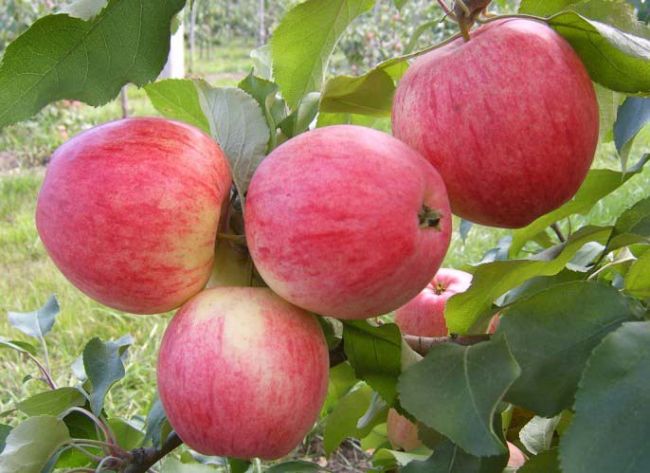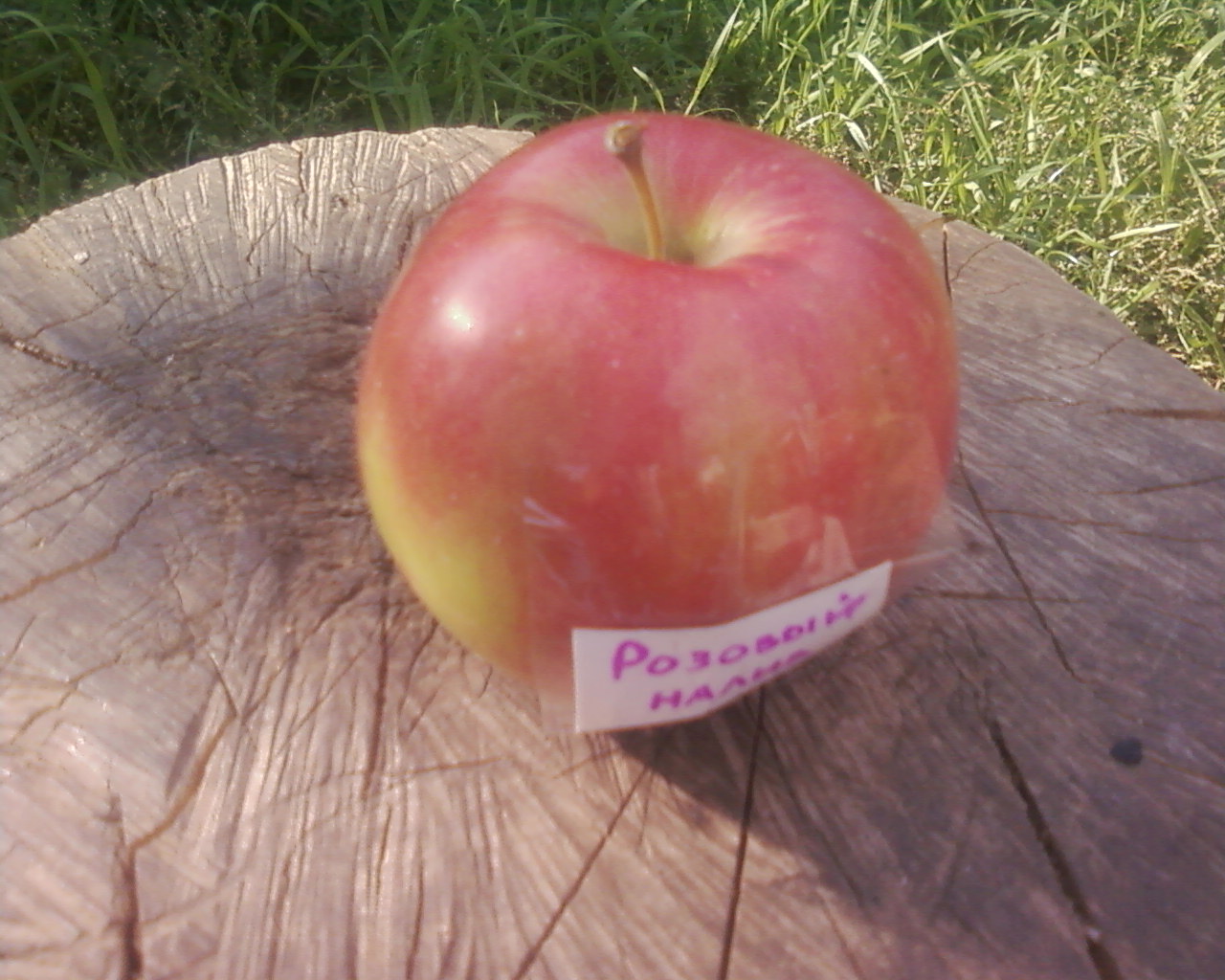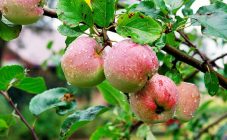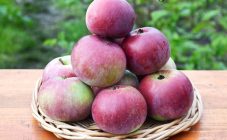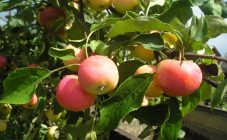Content:
By definition, any garden must have at least one apple tree. Apples are just a treasure of vitamins, minerals and other useful and tasty substances. There are many varieties of apple trees, it is important to choose the right type that will suit both the taste and the growing conditions on the site. The most popular among gardeners are unpretentious varieties, for example, Orlinka.
History of creation
Apple Orlinka is a rather old variety, it was obtained back in 1978 at the All-Union Research Institute of Breeding of Fruit Crops, by introducing pollen of the domestic variety First fireworks on apple flowers of the Stark Earliest Prekos variety (homeland - USA). The originators are the Soviet breeders ZM Serova, EN Sedov and NG Krasova. After 16 years, Orlinka passed the state test, after which in 2001 it was officially included in the State Register of Varieties with zoning in the Central Black Earth Region.
Characteristics and features of the variety
Apple Orlinka is a relatively early-ripening variety - summer, since the first apples can be tasted in the second decade of August. The variety has increased winter hardiness.
Apple trees of this variety are tall, have a crown that resembles a circle. On an upright trunk, straight, compactly located branches grow vertically upward at sharp angles. The bark of the tree is smooth, gray in color. Apples grow on complex fruit, one - and perennial growths. The buds are tightly pressed against the branches, rather large, have a conical shape. The foliage is ovoid, pointed at the ends, the tips are twisted, concave. Each leaf, sitting on a thick and long petiole, has a matte surface with small veins and a medium degree of pubescence, the edges are serrated.
The apples grow to medium to large sizes, all roughly the same, round and slightly flattened. The weight of one mature fruit is 160-170 grams. The developing fruits are yellow-green in color, the fully ready-to-eat apple has a dryish yellow peel with a glossy sheen and a pinkish blush on one side. The pulp is creamy, juicy and dense, the taste is sweet, apple, there is a slight pleasant sourness, it smells delicate and delicate. The seeds are very small, round and brown in color, the seed chambers are also small and constantly open. The fruits contain a lot of organic sugars (almost 10 percent by volume), ascorbic acid, p-active substances. They can be consumed both fresh and processed into juice, preserves and jams.
The yield of the variety is quite good - from one tree, subject to the rules of agricultural technology, you can collect up to 160 kilograms of fruits (up to 150 centners per hectare). Apple trees begin to bear fruit 4-5 years after planting. Orlinka's shelf life is low - no more than 40 days (on average, two weeks), after which the apples go bad.
Agricultural technology of cultivation
It is recommended to plant the Orlinka apple tree in sunny areas of the garden, with good lighting.The soil must be fertile, preferably loam or sandy loam. The root system of a tree quickly dies from excess moisture, so it is necessary to plant them on heights (about 0.6 meters in height and at least a couple of meters in circumference) in order to avoid stagnant water. If the soils on the site are clayey, they should be well drained.
Before you first plant Orlinka in the garden, you should outline a plan where the seedlings will be placed. There must be a gap of at least 2.5 meters between neighboring apple trees, otherwise the trees will start fighting with each other for light and water, interfere with other planted crops. In addition, the Orlinka, being a tall breed, grows even higher in conditions of thickening, it is simply unrealistic to harvest.
Reproduction of the culture is carried out by seedlings that have reached the age of two and have at least three branches at the root system, developed buds, a two-centimeter thick stem and more than three half-meter branches, as well as vaccinated and healed.
Disembarkation at a pre-selected place is carried out in mid-autumn, just after leaf fall or in late spring, before the buds begin to emerge. At the same time, for an autumn planting, a hole is prepared in a couple of weeks, and for a spring planting in a few months. The hole should contain all the roots of the seedling and have a growth reserve for the next couple of years. The sizes recommended by agronomists are one meter wide and 0.8 meters deep. The selected soil is not thrown away, but mixed with mineral (urea, ammonium nitrate, nitroammophos) and organic fertilizing, as well as a couple of buckets of river sand. The whole mixture is put back into the hole and a small slide forms.
The seedling also needs preparation: most of the leaves are cut off in such a way that several leaves remain on each branch. The roots are carefully examined, the damaged areas are cut off. A few hours before planting, it is advisable to place the roots of the plant in a bucket of water, this will help straighten and nourish even thin root processes.
A young tree is placed on a prepared mound, while the root collar should be located 5-6 centimeters above the soil. The sapling is tied with a soft rope to a hammered peg. The soil around the trunk is compacted, a hole is formed, where a pair of buckets of clean warm water is poured. It should be well mulched (layer thickness - about five centimeters) the planting site with soil with humus to avoid moisture evaporation and soil erosion.
Watering is carried out in two-time mode, every day for the first couple of weeks, after which they switch to one-time watering. Upon reaching adulthood, the Orlinka apple tree is watered 3-4 times every 30 days, taking into account the weather conditions.
Tree care also includes regular weeding of the root zone and feeding with organic and mineral fertilizers in the spring (in the fall, you can give a nitrogen-free complex mixture). In winter, the roots of the tree should be protected with mulch, and the trunk with a net from rodents.
In mid-spring, it is recommended to prune weak and crooked branches as well as thickened branches in order to properly form the crown and increase the apple harvest.
Other varieties of apple trees will be good neighbors for Orlinka: Melba, Memory to a Warrior or Orlovskoe striped.
Advantages and disadvantages of the variety
Have Eagles of apple trees in the description you can find the following positive properties that so attract gardeners:
- increased early maturity;
- good productivity;
- excellent taste properties;
- scab resistance;
- good frost resistance.
This variety of apple trees also has some relative disadvantages: apples ripen for a long time on the tree, which somewhat spoils the taste and appearance of the fruits - they become, as it were, transparent.Also, with an increase in planting density, apple trees grow sharply in height, while apples ripen on the highest branches, which makes them difficult to harvest.
The Orlinka apple tree is a relatively new variety in our gardens, however, thanks to its delicious and beautiful fruits (which ripen when summer ends), as well as the unpretentiousness of the tree to care and growing conditions, it has already gained deserved popularity among gardeners.

